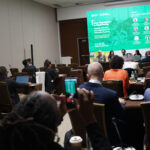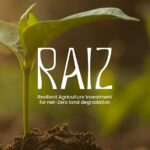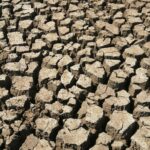World Cleanup Day: Soil health in Sierra Leone and beyond
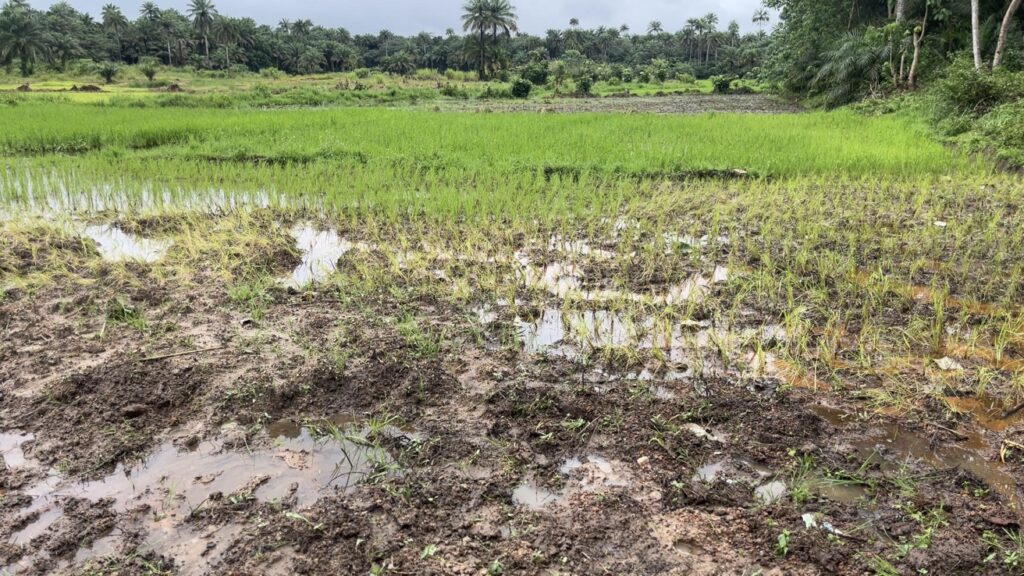
Photo credit: Eric Kawa
On a rainy day in September, I embarked on a trip to Kambia in North Sierra Leone.
We met Mohamed Kamara who begins his day ankle-deep in the swampy fields of Masineh. For him, soil is more than just dirt. It is survival. “Floods have damaged our land,” he says. “But we manage water, rotate crops, and keep the soil alive.”
Kamara is part of a growing movement in Sierra Leone that sees soil as a foundation for resilience. But threats like sand mining, deforestation, and plastic waste continue to degrade the land. “We need to protect the soil,” he says. “It gives us food.”
Speaking on soil health, Sheku Conteh from Sierra Leone’s Ministry of Agriculture Forestry and Food Security, says they educate farmers on how to maintain the soil.“We tell farmers through radio and community meetings that soil is life.” We help them test the soil before planting and promote trees like banana and cashew that help in sustaining water. “We encourage organic farming and discourage harmful practices like swamp destruction and overuse of fertilizers.”
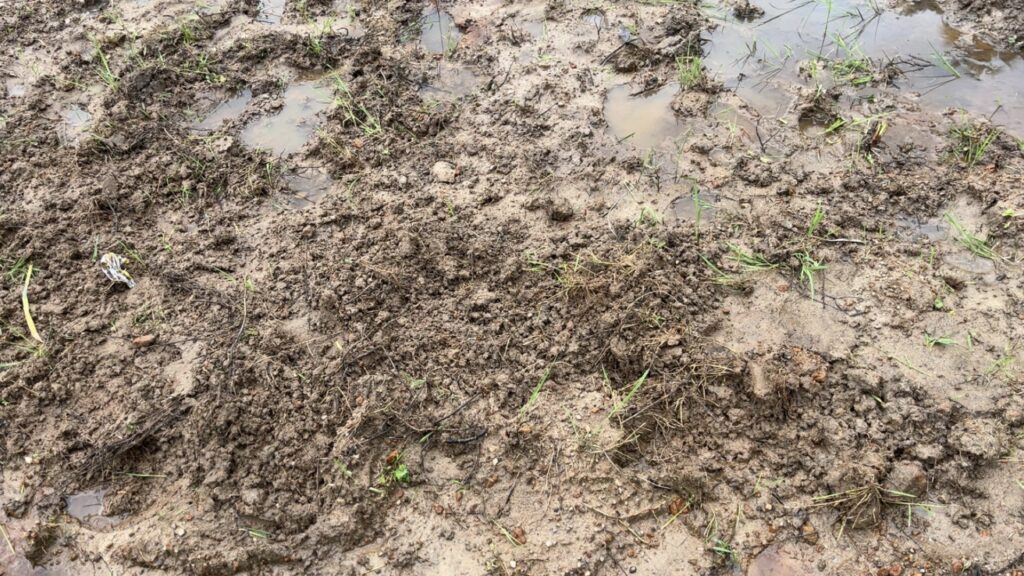
Photo credit: Eric Kawa
Since 2023, the United Nations observes World Clean Up Day every September. This year’s theme is “Tackling Textile and Fashion Waste.”
Fashion and textiles are closely related to soil health.
Natural fibres, such as silk and cotton, which come from the land rot and decay fast and naturally, making them bio-degradable. However, their dying processes are often toxic for the soil.
Most synthetic fibres and textiles, such as nylon and polyester, are produced from plastic. They do not decompose naturally, which has long-term impacts on soil health.
In an exclusive interview on this year’s theme, Dr. Barron Joseph Orr, Chief Scientist at the United Nations Convention to Combat Desertification (UNCCD), tied the ideas of soil health to our own consumption.
“You are what you eat. If the soil is healthy so are you,” he says, and encourages people around the world to consume more locally produced products of all types rather than relying on imports.
Dr. Orr, further explained that soil health is made up of two essential parts: inorganic minerals and the organic life that allows the soil to function. While both are vital, decades of reliance on chemical fertilizers have disrupted natural processes, leaving soil biology with “nothing to eat” and eventually killing it off. “If a farmer wants to move toward sustainable practices, they need time to get that biology back in the soil,” the scientist noted. Without restoring this life, even tree planting and other restoration projects cannot be sustained.
Speaking on the importance of global consumption patterns, Dr. Orr highlighted how everyday choices like drinking tea are connected to land use. Farms that supply these products often face significant pressure, raising questions about sustainability and consumer responsibility
Beyond the farm, Dr. Orr tied soil health to consumer behavior and waste, linking it directly to World Cleanup Day. Everyday choices, he explained, have global impacts.
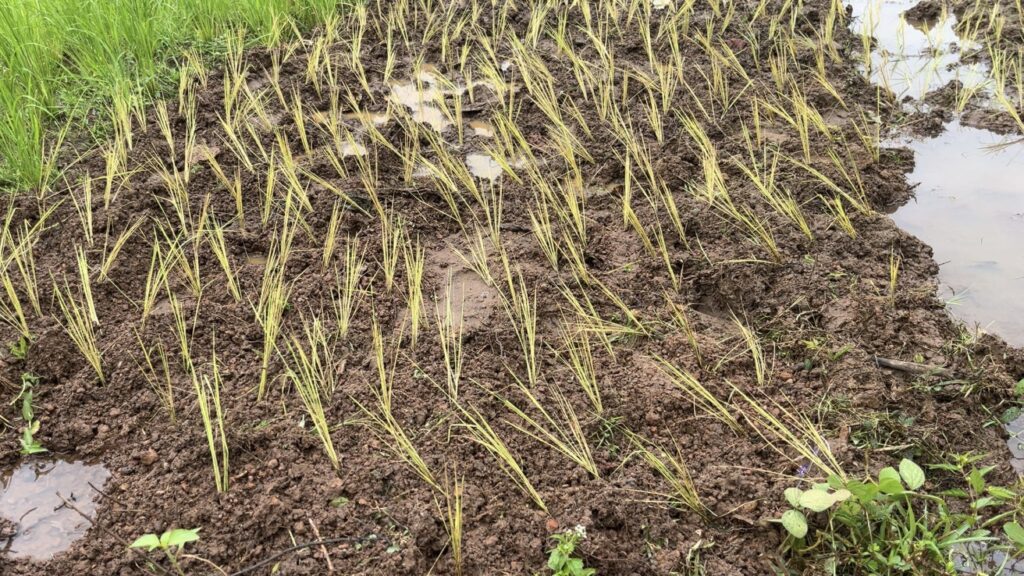
Photo credit: Eric Kawa
The scientist stressed the importance of using technology to trace products back to their origins and ensure sustainable practices. “Such systems can help cut food waste, promote biodegradable materials, and support circular economies,” he continued. Microplastics also emerged as a key concern, with research showing that they are now present in every square meter of soil worldwide. “That is another aspect of cleanup we need to recognize,” Dr. Orr warned.
Despite the challenges, the interview ended on a hopeful note. “There are projects all over the world turning the tide,” Dr. Orr said. “Some are about protecting land that is not degraded yet. Some are about teaching farmers more sustainable practices. And some are about fixing degraded land, what we call ecological rehabilitation and restoration.”
China’s experience in the Kubuqi Desert was cited as a model. Early failures there focused narrowly on planting trees, but later approaches integrated economics, ecology, soils, water, and livelihoods, turning restoration into an economic engine. This strategy is now being replicated globally. In Africa, the Great Green Wall across the Sahel and Southern Africa stands as a leading example, linking communities, rangelands, and croplands to achieve long-term regional benefits.
